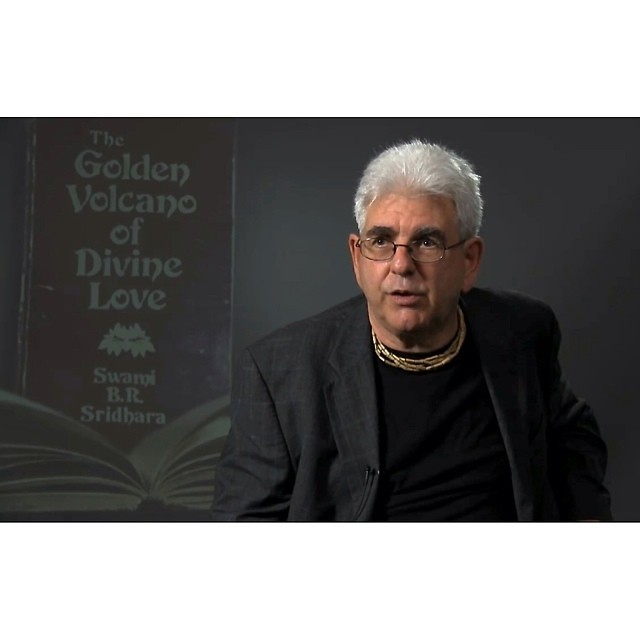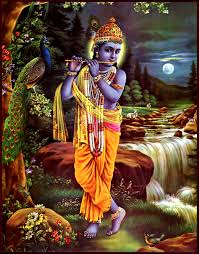
My blog has been all about search. 30 years ago, at Guardian of Devotion Press in San Jose California, a small group of truth-seekers working as a team published a book. The title was "The Search for Sri Krishna, Reality the Beautiful." The story of how this book came to be is a long one, with a lot of twists and turns. But basically, it goes like this. In the early 70s, we were disciples of Prabhupada.
| Beatle George Harrison with friends |
| Prabhupada |
We believed in peace, love, understanding, and Hare Krishna. It was all about gettting high naturally. We went to India, shaved our heads, dressed in robes, and did our best to adhere to the principles of spiritually reality as laid down by our guru and his guru before him.
| Chanting Hare Krishna |
The war in Vietnam was on. Black people were denied civil rights. Women were demanding theirs. We thought we could change the world by distributing the message of divine love and peace. Krishna.
It wasn't as easy as it seemed
It wasn't as easy as it seemed
After translating a number of important books from Sanskrit, including Bhagavad-gita,
Prabhupada passed from this world.
And after Prabhupada's passing from this world, we felt we needed higher guidance to continue with our spiritual lives. We sought out his best friend and mentor, Sridhar Maharaja.
| Sridhar Maharaja with Prabhupada |
Here's more photos of Shridhar Maharaja with Prabhupada. A photo is worth a thousand words. You can see from the photos how happy they are and how affectionate their relationship was.
The passing of our guru, Prabhupada, left us with a great void. It's hard to explain. He was our spiritual mentor and guide. I have always been a truth-seeker. I went from Tolstoy and Thoreau to the Bhagavad-gita in a natural progression. The Bhagavad-gita took me to its translator, Prabhupada. I embraced the principles of self-abnegation and meditation on the holy name. But just as I felt I was making progress, he passed away. We were lost.
| Pounding the typewriter, 30 years ago |
We went on to buy our own printing press. It seems freedom of the press is guaranteed if you own a printing press. Here's an excerpt. It's as fresh today as the moment we first heard it 30 years ago.
EXCERPT FROM THE SEARCH FOR SHRI KRISHNA, REALITY THE BEAUTIFUL,
by B.R. Shridhar
Everyone is
searching for rasa, pleasure. The
status of rasa is the highest. As
persons we have our subjective existence, but rasa, pleasure, has His supersubjective existence. He is a person.
He is akhila rasāmṛta-mūrtiḥ: the
reservoir of all pleasure. He is Kṛṣṇa. Rasa
is Kṛṣṇa. There cannot be rasa in
any other place but Kṛṣṇa. He is the fountainhead of all different types of rasa. So, by the nature of our
constitution we have to search after Kṛṣṇa.
In
the Brahma-sūtra it is said, “Inquire
after the supreme cause of this world. Search!” From where has everything come?
How is everything maintaining its existence? By whom? And ultimately, where
does everything enter after death? That is brahma,
spirit, the most fundamental plane from where everything springs up,
remains, and ultimately enters.
Where
is brahma? The Brahma-sūtra advises us to inquire after the prime cause, the
biggest, the all-accommodating. But Śrī Chaitanya Mahāprabhu replaced that, Śrīmad-Bhāgavatam replaced that with Kṛṣṇānusan-dhāna: the search for Śrī Kṛṣṇa.
Brahmā-jijñāsā, the search for spirit,
is a dry thing. That is only the exercise of your thinking faculty, a jugglery
of reason. Leave that behind. Begin the search for Śrī Kṛṣṇa and quench the
thirst of your heart. Rasa jijñāsā, raso
vai saḥ. The things acquired by your reason won’t satisfy you. Jñāna, knowledge, cannot really quench
your thirst, so instead of brahma-jijñāsā
accept Kṛṣṇānusandhāna and begin
the search for Śrī Kṛṣṇa.


Where
is Kṛṣṇa? Our real want will be satisfied only by getting the service of Kṛṣṇa;
not by anything else. We want to satisfy the innermost demands of our hearts.
We don’t care to know where we are or what is controlling everything, but we
really want to quench our thirst for rasa,
for mādhurya, for sweetness. We must
search neither for knowledge nor for the controller of this world; we must
search after rasa, ānandam, after beauty and charm.
Śrī
Chaitanya Mahāprabhu and Śrīmad-Bhāgavatam
have taught us what to beg for, what to pray for, what to want. They have
taught us, “If you beg, beg for Kṛṣṇa, not for anything else.” So, the fate of
the Vaiṣṇavas, the students of the Bhāgavata
and the followers of Mahāprabhu, is sealed in the search for Śrī Kṛṣṇa. We
want nothing else but Kṛṣṇa.
The
Vedas say, sṛṇvantu viśve amṛtasya putrāḥ: “O, you sons of nectar, sons of the
nectarine ocean sea: please listen to me. You were born in nectar; you were
born to taste nectar, and you must not allow yourselves to be satisfied by
anything but nectar. So, however misguided you may be for the time being,
awake! Arise! Search for that nectar, that satisfaction.” The Vedas tell us, “Oṁ!” Oṁ means a big “Yes!”
“What you are searching for, that is! Don’t be disappointed.” The Vedas say that the object of our inner
search exists. The common search of all your hearts is existing, and your thirst will
be quenched. By your constitution you are meant for that and you deserve
that, so don’t be afraid; don’t be cowed down. It is already given in your
being. And you can never be satisfied with anything else. So prepare yourself,
after your long search, to receive that long missing nectar in its full form
and quality. Awake! Arise! Search for your fortune and you cannot but have
that. It is your birthright. It is the wealth of your own soul. It cannot but
be within you. You have no other business, no other engagement but Kṛṣṇānusandhāna, the Search for Śrī Kṛṣṇa:
Reality the Beautiful.
The Search for Sri Krishna is still in print. Or you can try an electronic copy direct from my dropbox:
https://www.dropbox.com/s/etd39ozngh7sckf/Search%20for%20Sri%20Krishna.epub?dl=0
The Search for Sri Krishna is still in print. Or you can try an electronic copy direct from my dropbox:
https://www.dropbox.com/s/etd39ozngh7sckf/Search%20for%20Sri%20Krishna.epub?dl=0



